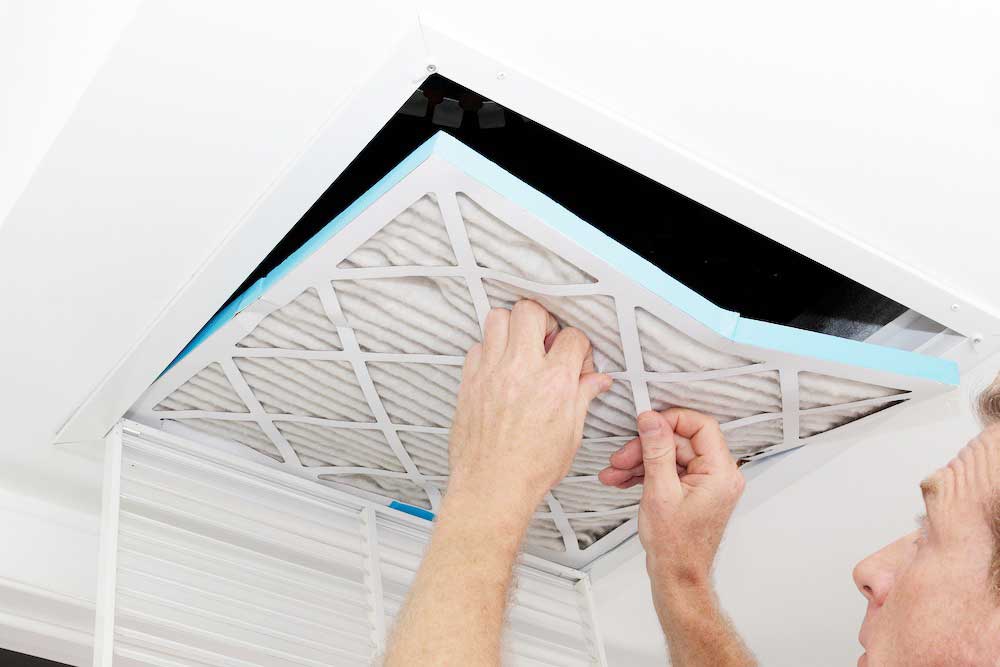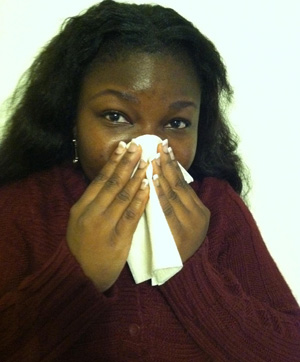
Do you know that as you and your family go about your daily activities, you unwittingly carry allergens into your home? Besides you and your family, allergens are also introduced inside the home through the breeze as you open and close your door.
“Every day as we do our normal activities, we introduce allergens into our homes without realizing it,” said Brenda Ashaka, senior manager at Alpha 4 Real AC Repair and Heating Service, your Katy, TX indoor air quality control specialists.
“They come into our homes though our clothes, when we play with our dogs or cats, as we cook and maybe burn a toast. Living our lives, it is really difficult not to generate allergens in our homes,” she added.
But there is good news. There are things you can do to reduce or lower the amount of allergens and pollens inside your home. In some instances, these are simple steps that won’t cost you anything.
Addressing indoor air pollution is crucial for maintaining a healthy living environment. Here are 20 ways to reduce indoor air pollution in your home.
1. Proper Ventilation
The best way to reduce indoor air pollution is to simply open your door and windows when it is not too cold or hot, and the pollen count is not too high to avoid allergies. Using exhaust fans will also allow fresh air circulation throughout the home.
2. HEPA Air Purifiers
Quality air qualifies are indispensable in the home. They help clean the air that you and your family breathe every day and ensure proper circulation throughout the home. Invest in high-quality air purifiers with HEPA filters to trap airborne particles in your home.

3. Houseplants
House plants are one of the easiest and least expensive ways to filter the indoor air in your home. Incorporate indoor plants like spider plants, snake plants, or peace lilies to naturally filter the air. They also beautify your indoor living space and help improve your family’s quality of life.
4. Regular Cleaning
You can’t go wrong deep cleaning and dusting your home as often as possible. Besides making your home look squeaky clean, it also helps improve the quality of air inside your home. It is important that you do not use harsh chemicals when you clean and dust as that just adds to the indoor pollution. Dust and clean surfaces regularly to minimize the accumulation of dust mites and other pollutants in your home.
5. Proper Storage
Store household chemicals, cleaning products, and paints in well-ventilated areas or cabinets to prevent off-gassing. Not storing dangerous chemicals properly can become hazardous to your family and pets so store all chemicals in their original containers. Follow all manufacturer’s procedures when storing household chemicals.
6. No Smoking Indoors
In United States, second hand smoke kills thousands of people every year. Even if you are not a smoker, breathing in other people’s second hand smoke can damage your lungs, cause cancer and other health issues for you and your family. Strictly enforce a no-smoking policy indoors to eliminate tobacco smoke pollutants.
7. Limit Synthetic Fragrances
While they help our homes smell fresh, synthetic fragrances and air fresheners can release harmful chemicals into your indoor living space if not used properly. Reduce the use of synthetic air fresheners and scented candles, as they can release harmful chemicals.
8. Control Humidity
Another thing to keep in mind when deciding on how to lower indoor air pollution in your home is the indoor humidity levels. Keep indoor humidity levels between 30-50% to prevent mold growth and dust mites.
9. Use Natural Cleaning Products
Natural cleaning products can be a little more expensive but they are worth it in the long run as they do not pollute your home. Opt for natural or eco-friendly cleaning products to minimize the release of volatile organic compounds (VOCs).
10. Regular HVAC Maintenance
Ensure proper maintenance of heating, ventilation, and air conditioning (HVAC) systems to prevent the spread of contaminants. Faulty air conditioners have been known to release harmful chemicals into the home so ensure you are regularly maintaining your AC system. If you are not sure how often you should service your AC, call a local AC repair or service professional for help.
11. Air-Dry Laundry
Avoid using chemical-laden fabric softeners and opt for air-drying clothes to reduce indoor pollution.
12. Limit Pesticide Use
Use integrated pest management strategies and limit the use of pesticides indoors.
See also: Reasons Why Your Air Conditioner Stopped Working.
13. Remove Shoes Indoors
Encourage a no-shoes policy to prevent tracking in pollutants from outdoors.
14. Control Cooking Emissions
Use proper ventilation while cooking to remove cooking fumes and prevent the buildup of indoor pollutants.
15. Choose Low-VOC Paints
When painting indoors, opt for low-VOC or VOC-free paints to minimize chemical emissions.
16. Regularly Replace Air Filters
This is by far the best step you can take today to reduce indoor air pollution in your home. Change HVAC and air purifier filters regularly to ensure optimal performance.
17. Avoid Idling Cars
Most of us know that idling cars indoors can release dangerous and harmful chemicals such as carbon monoxide so avoid idling cars in attached garages to prevent the infiltration of car emissions into the home.
18. Test for Radon
Test your home for radon, a colorless and odorless gas that can seep into buildings and pose health risks.
19. Proper Waste Management
Dispose of household waste properly to prevent the release of harmful substances.
20. Educate and Raise Awareness
Share information about indoor air pollution and its effects with family members, friends, and colleagues to promote awareness and adoption of healthy practices.
Maintaining low indoor air pollution is not as difficult as you might think. It just takes making a few changes to the way you and your family do things indoors to accomplish your goal and improve the quality of the air in your home. Implementing these strategies can contribute to creating a healthier indoor environment by reducing the levels of various pollutants.
